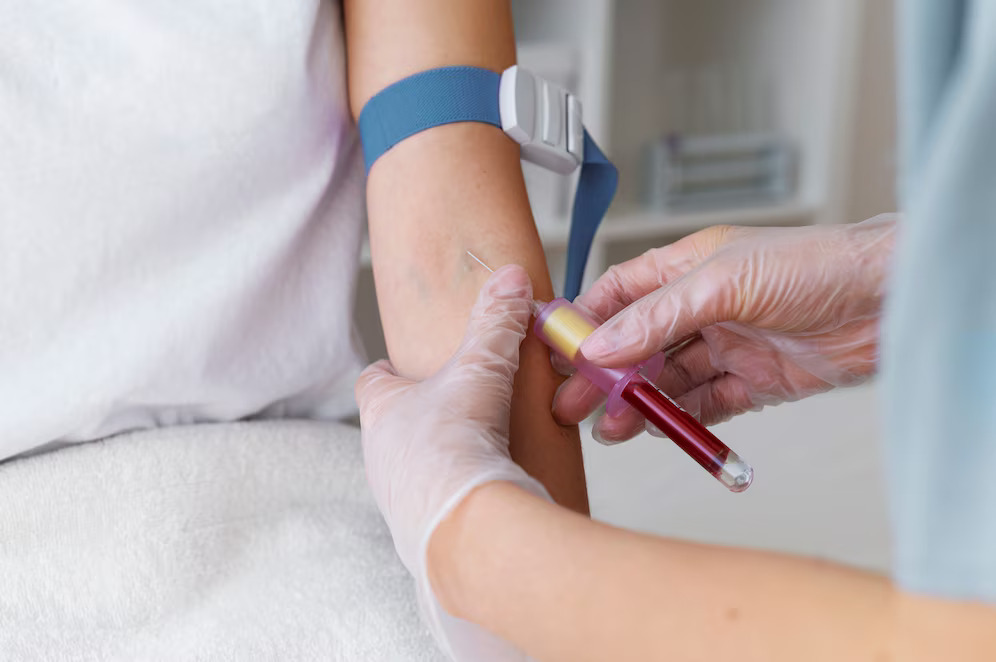Vein Treatment: Options, Procedures, and Recovery
Vein treatment is a specialized medical approach to address conditions like varicose veins, spider veins, and other venous diseases. These treatments not only improve the appearance of affected veins but also alleviate discomfort and prevent complications. This article explores various vein treatment options, their benefits, and recovery processes.

Understanding Vein Conditions
Vein conditions such as varicose veins occur due to weakened vein walls or faulty valves, causing blood to pool and veins to enlarge. Common symptoms include:
- Pain or discomfort
- Swelling in the legs
- Visible twisted or bulging veins
- Skin discoloration or ulcers in severe cases
Types of Vein Treatments
- Sclerotherapy:
- A minimally invasive procedure where a chemical solution is injected into the vein, causing it to collapse and reroute blood flow to healthier veins.
- Suitable for spider veins and small varicose veins.
- Results are visible within 3–4 months, with multiple sessions often required.
- Endovenous Laser Therapy (EVLT) & Radiofrequency Ablation (RFA):
- These procedures use heat (laser or radiofrequency energy) to seal off larger varicose veins.
- Performed under local anesthesia with minimal downtime.
- Ambulatory Phlebectomy:
- A minimally invasive technique to remove superficial varicose veins through small incisions.
- Ideal for patients who can wear compression stockings post-procedure.
- Vein Stripping and Ligation:
- A surgical procedure involving the removal of large varicose veins through small cuts.
- Recommended for severe cases where other treatments are ineffective.
- Endoscopic Vein Surgery:
- Utilized for advanced cases with complications like skin ulcers.
- Involves inserting a camera-equipped endoscope to close off damaged veins.
Benefits of Vein Treatment
- Improved circulation and reduced swelling
- Relief from pain and discomfort
- Enhanced leg appearance
- Prevention of complications such as blood clots or ulcers
Recovery Process
Most vein treatments are outpatient procedures with minimal downtime. Recovery tips include:
- Wearing compression stockings to improve circulation
- Elevating legs to reduce swelling
- Avoiding prolonged standing or sitting
- Regular walking to promote healing.
FAQs
1. What are the most common vein treatment options?
Common treatments include sclerotherapy, endovenous laser therapy (EVLT), radiofrequency ablation (RFA), ambulatory phlebectomy, and vein stripping.
2. How do I know if I need vein treatment?
You may need treatment if you experience pain, swelling, visible bulging veins, or skin discoloration due to venous conditions.
3. Is vein treatment painful?
Most procedures are minimally invasive and performed under local anesthesia, making them relatively painless.
4. What is the recovery time for vein treatments?
Recovery typically takes a few weeks; most patients can resume normal activities within days while following post-procedure care instructions.
5. Are vein treatments covered by insurance?
Insurance may cover treatments if they are medically necessary (e.g., relieving pain or preventing complications). Cosmetic procedures may not be covered.
Welcome to our clinic! We specialize in advanced vein treatments designed to improve your health and confidence. Let us help you achieve healthier, pain-free legs. Visit us at https://specialtycareclinics.com/ or call us at (972) 865 4454 to schedule an appointment. Walkins & new appointments available.
